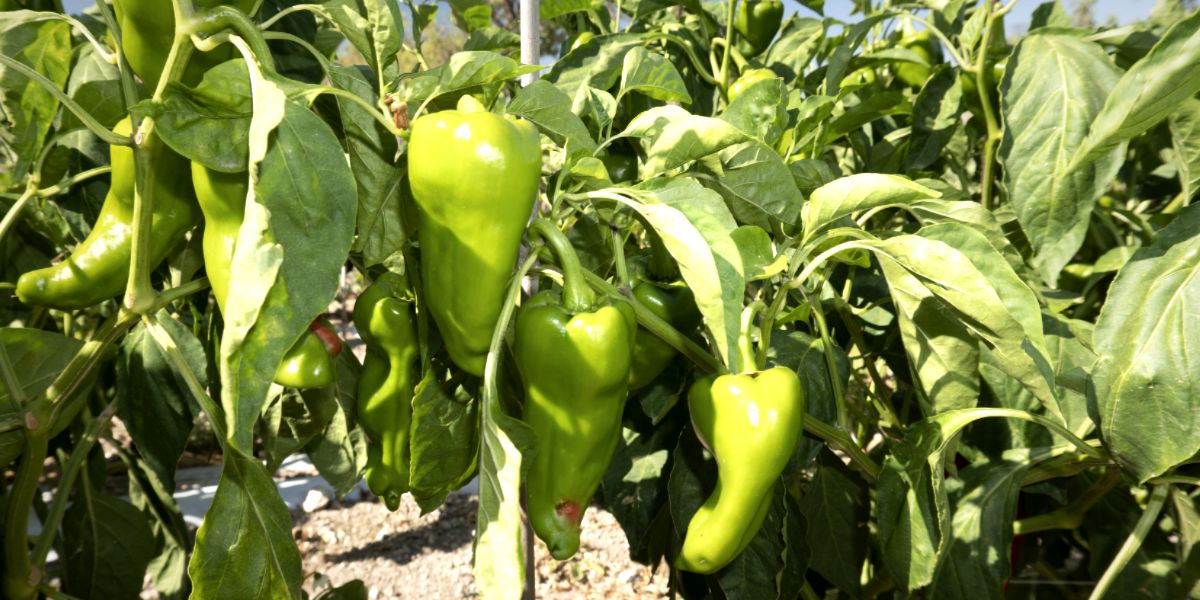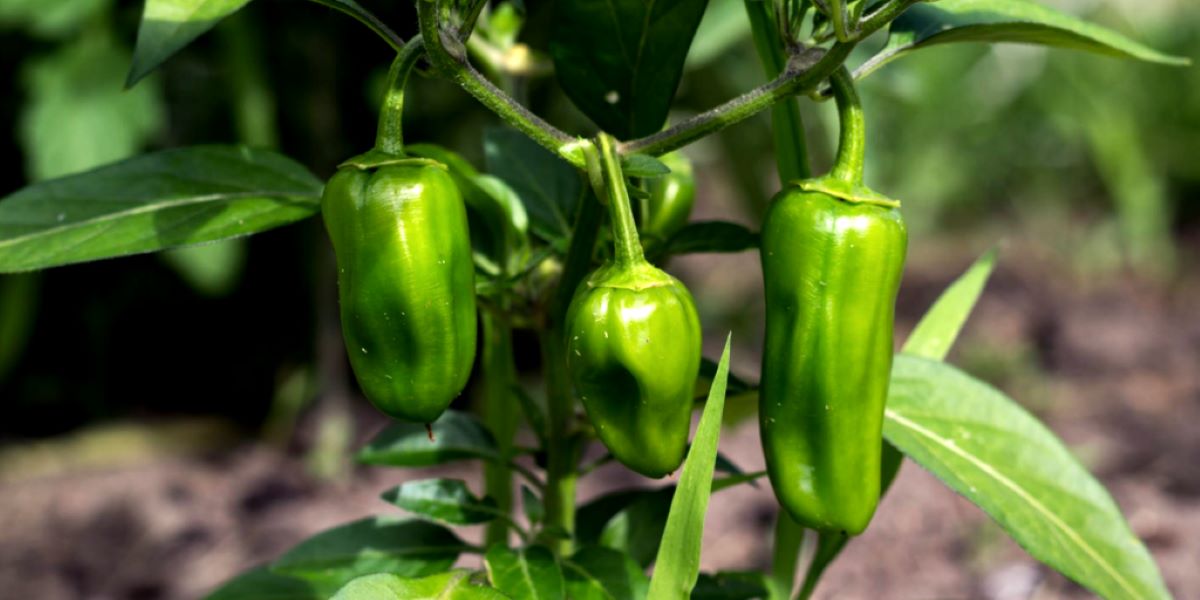Are Chilies Easy To Grow?

The answer to this question is yes and no.
You will find that depending on the environment in which you grow your chili pepper plants, some plants will grow very easily, whereas others will more-or-less grow, and even others will not grow at all.
Note that all peppers can be grown all year round when kept indoors as houseplants. Chili peppers can only be kept outdoors if the temperature is above 10°C.
Are you a chili pepper lover who wants to learn how to grow chili pepper plants at home? Look no further! Click below to find out which must-have books will guide you through the process of growing your own chili peppers...
There are essentially two ways to get started growing chili pepper plants. One is to grow the plants from seeds and the other is to buy a small plant from a local garden center or nursery or even from an online shop.
There is a third way to start growing chili plants, which is from cuttings, but that is a more advanced technique, which I would not consider 'easy'. This is a technique that you can try later on when you have already had some success growing chilies from seed.
The same goes for the hydroponic growing of chilies. This should also be considered a more advanced technique and thus not easy to start with.
Table of Contents
Starting chili plants from seeds
In case you wish to start growing peppers from seed, there are two strategies that you can follow.
The first strategy would be to buy seeds from multiple chili pepper varieties and simply try through trial-and-error to see which plants end up growing the fastest and producing the most chilies in your specific environment.
For example, the plants in my personal setting are behind a large window in an apartment living room. Here there is a stable temperature of around 21°C, but with sunlight entering through some very thin white curtains.
Through trial-and-error, I found that for this setting, good varieties to grow from seed are:
- Aji Charapita.
- Grandpa's Home Pepper.
- Lemon Drop.
- Orange Tabasco.
These plants are also small and bushy, so they do not have to be trimmed or topped. Their maximum height is about 0,8 m. This is really handy in an apartment.
The second strategy would be to buy seeds from some varieties of chilies that are known to grow easily in most environments. Some varieties to try are the following:
- Jalapeño peppers. At first, the fruits are deep green, but when they mature they turn red. This variety will grow faster and produce chilies earlier than others. The chili fruit can grow 10 cm long and 2,5 cm in width.
- Serrano peppers. These are hotter than Jalapeños but apart from that, they look very similar. The maximum height of the plant about 1,0 m. These peppers can reach a length of 6 cm and a diameter of 1,3 cm. They are usually picked when they are bright green.
- Cayenne peppers. The maximum height of these pepper plants is about 0,8 m. Like the Serrano and Jalapeño peppers, they mature from dark green to bright red. Yet, they are long and slim. Typically they are max. 18 cm long and max. 1,3 cm in diameter. Sometimes the fruits are also wrinkled.
- Tabasco peppers.
Buying a small chili plant
On the other hand, if you decide to go to a local nursery nearby or even order one or more chili plants online, then you can find a plant that has already been started.
These pepper plants may come with specific instructions that describe the optimal care for this variety, which you should follow.
In addition, they already have a certain soil mix that has been fertilized and is suited specifically for these plants.
The easiest way to grow chilies
If you are starting from seeds, let the seeds germinate in Jiffy pods (or something similar). Make sure that they are in a warm place.
When the pepper seedlings are 2-3 cm tall, transplant them into small individual pots that contain any basic potting mix. Do all this indoors.
When the chili plants that you have grown from seed or have bought seem to need more space then transplant them into their final pot of 20-30 cm diameter or into the soil.
Make sure that the pots have drainage holes, such that excess water does not stay in the pots. To make sure that the excess water does not flow all over, you may place the pots on a low dish to catch the water. The best amount of water to give your plants is the amount such that there will be no or very little excess water running out below the pot.
Simply water the plants when the top of the soil looks dried out. If the leaves of the chili plants start to droop then it is also time to water. Here you may consider the fact that chili plants originate from very hot and dry climates. Underwatering is thus a safer bet than overwatering.
For easy growing, there is no need to fertilize the soil or trim the plants, etc... Just make sure that they receive a fair amount of heat and sunlight and water them as described above.
At some point, the chili plants will start flowering. Chili plants are self-pollinating so there is no need to do anything here. There may be some varieties that simply produce very few if any fruits at all. You may consider such a variety as not very suited to your specific environment.



